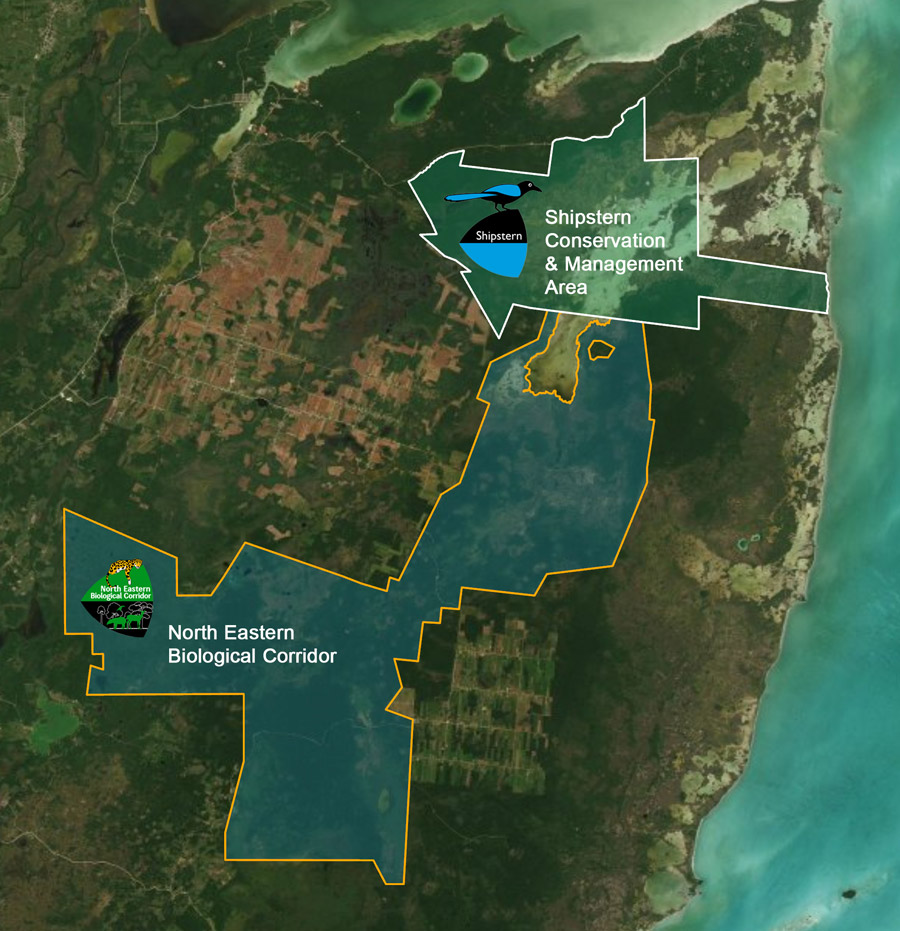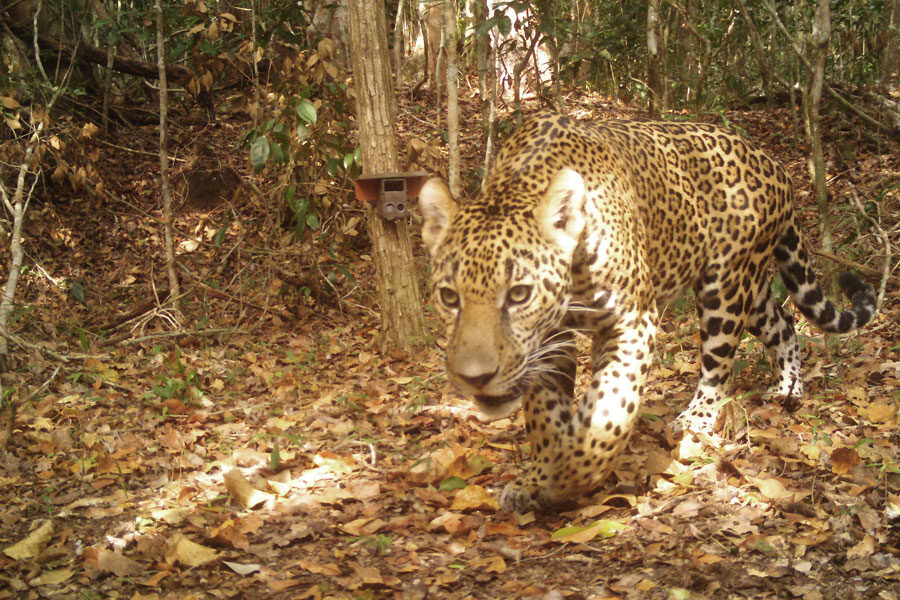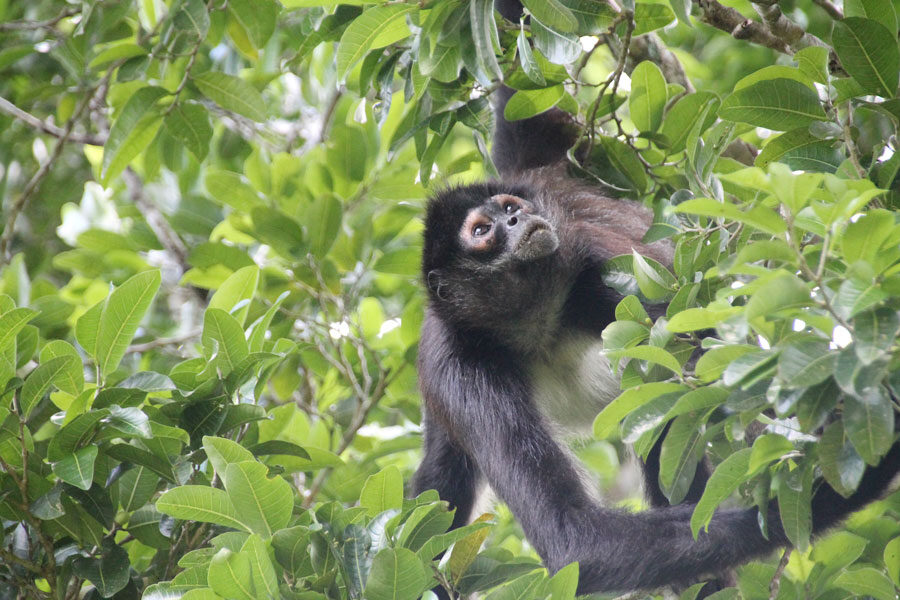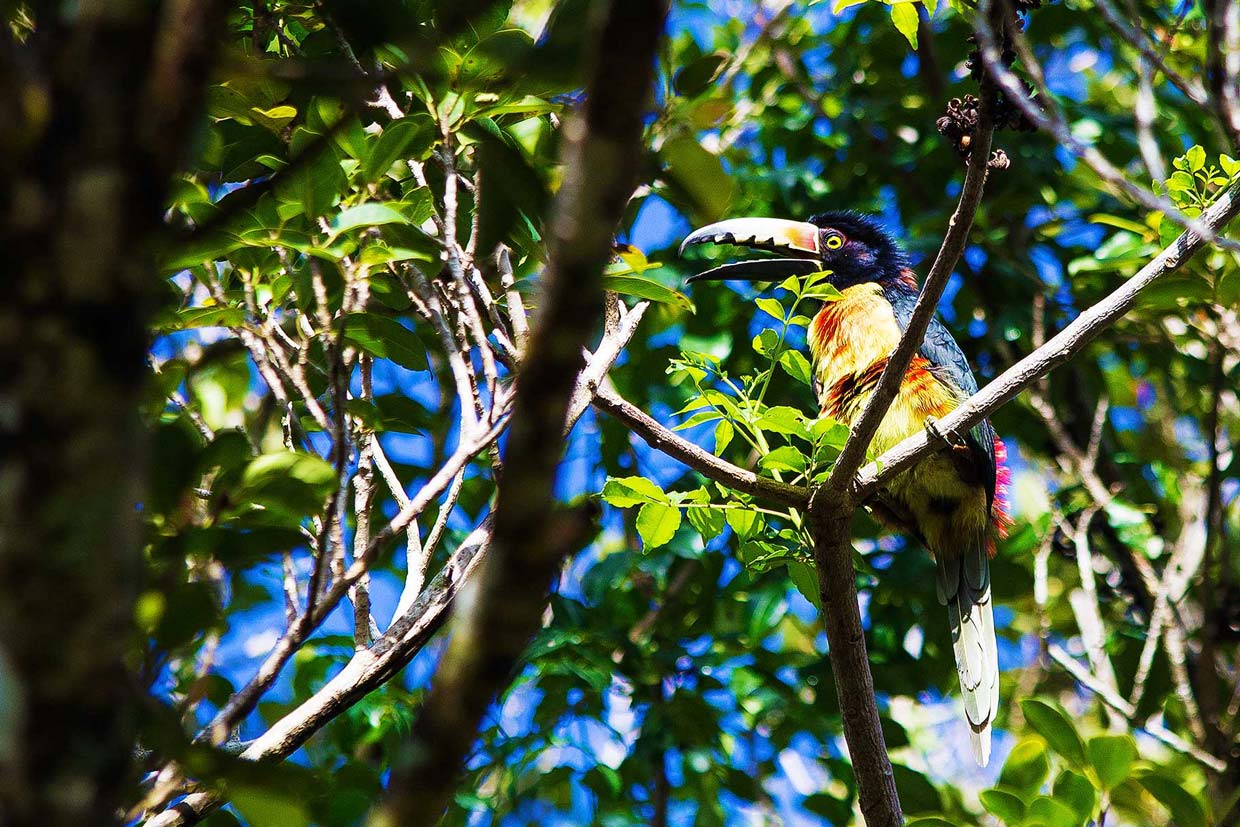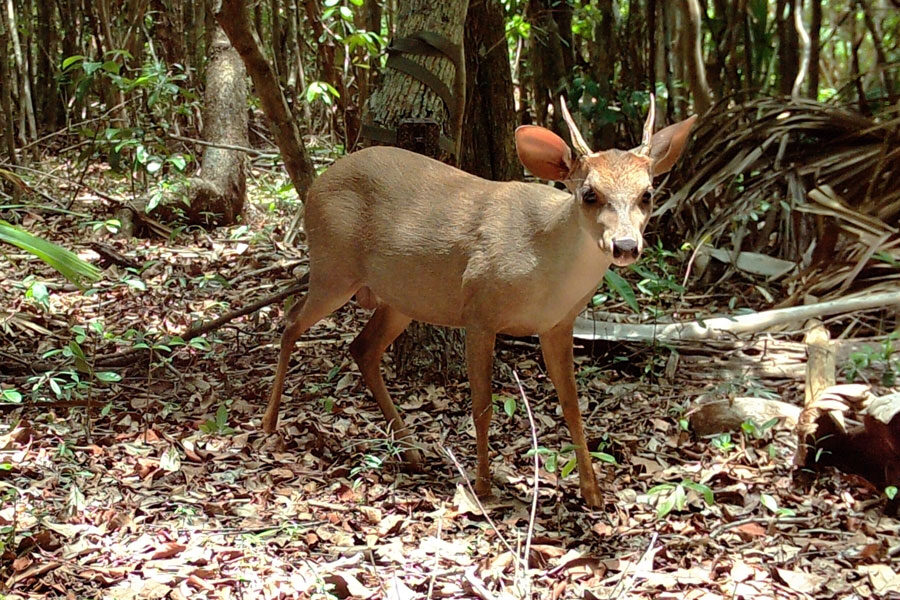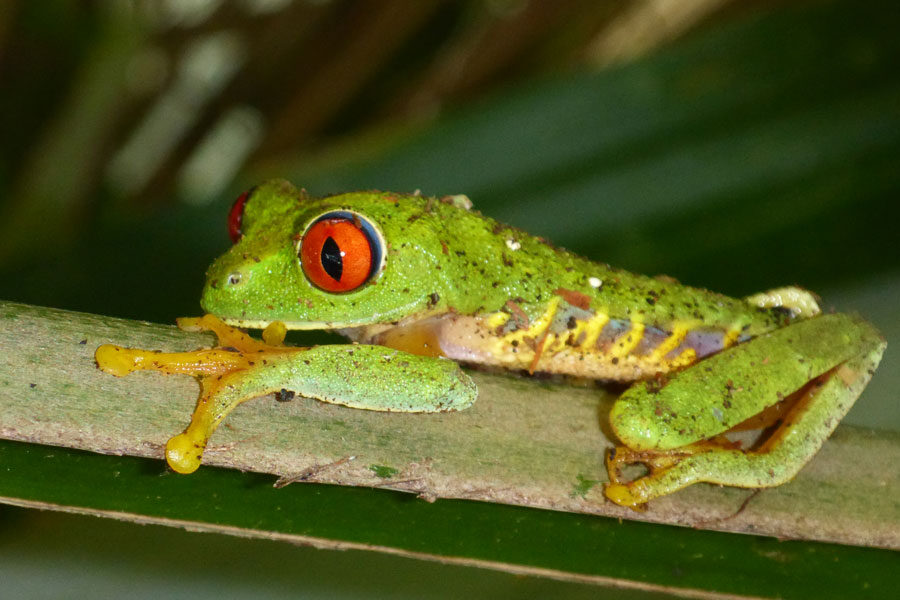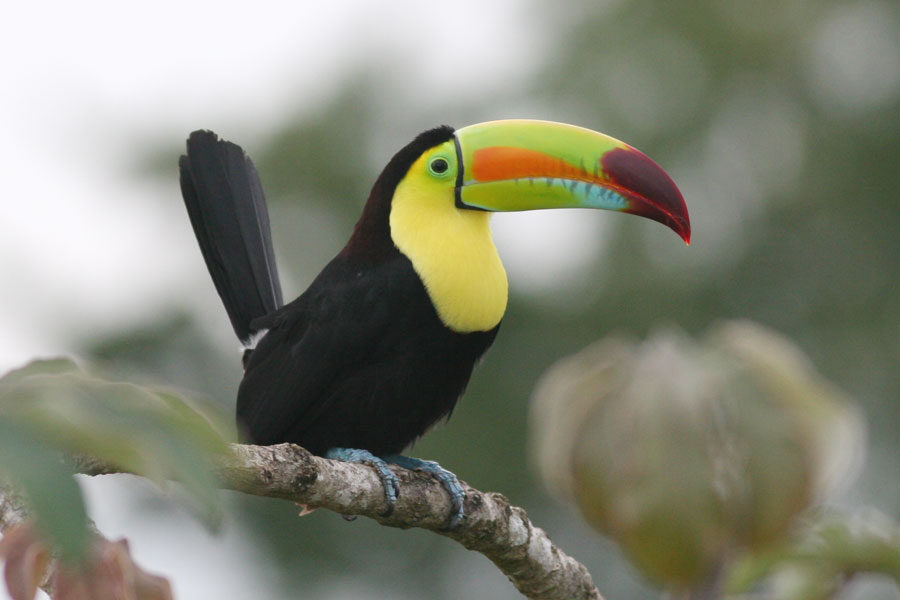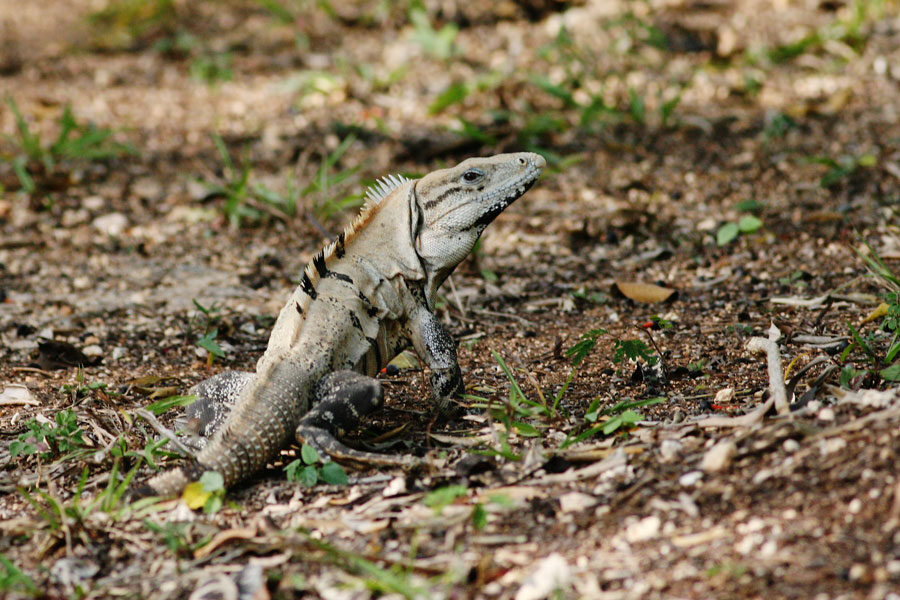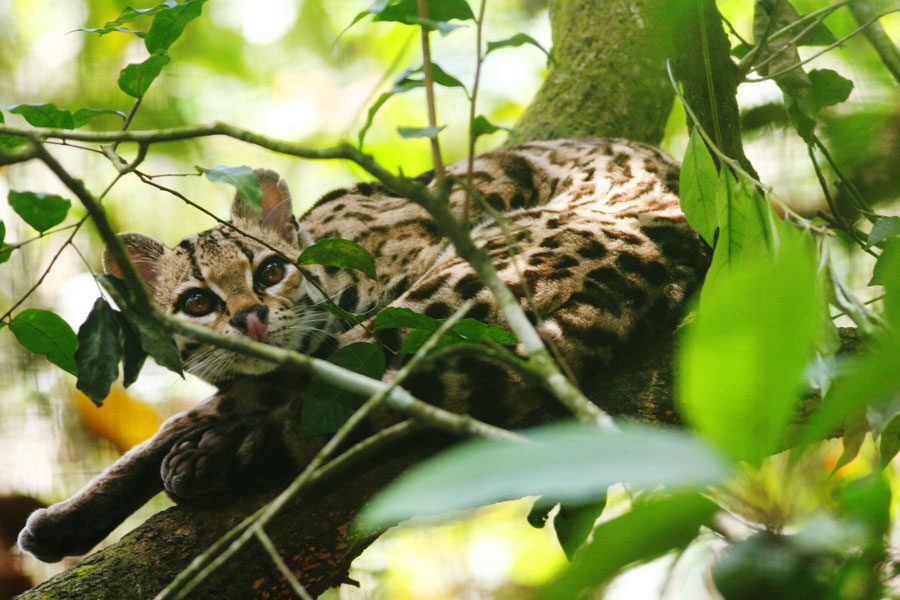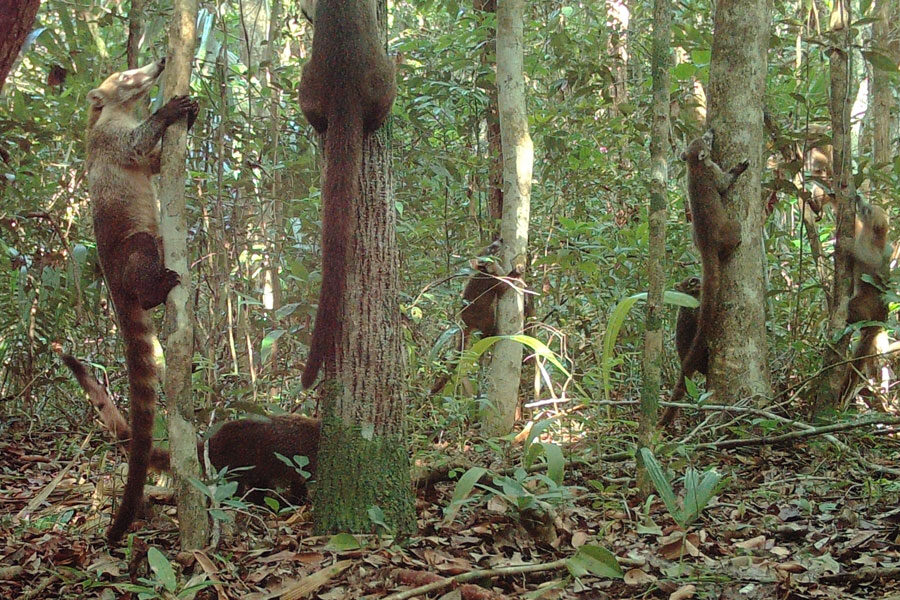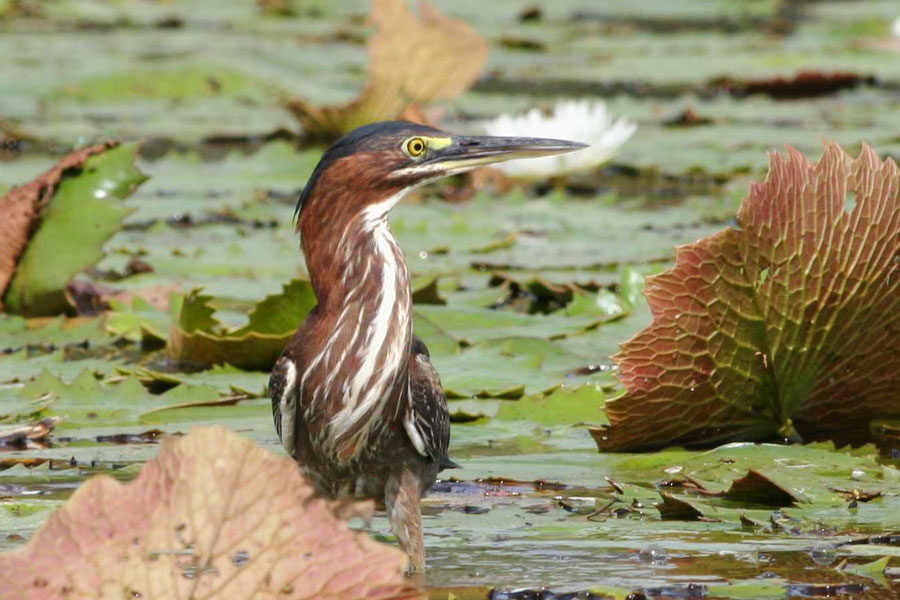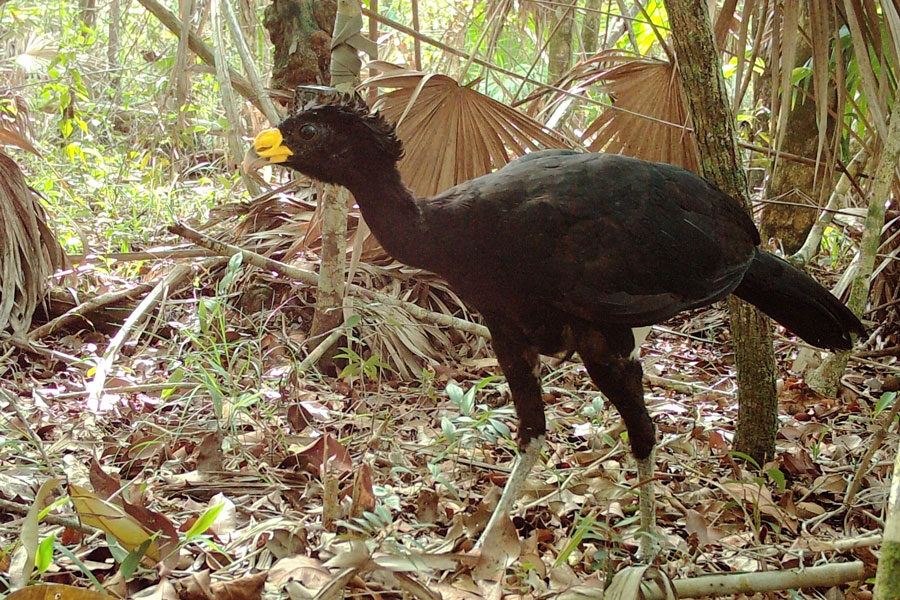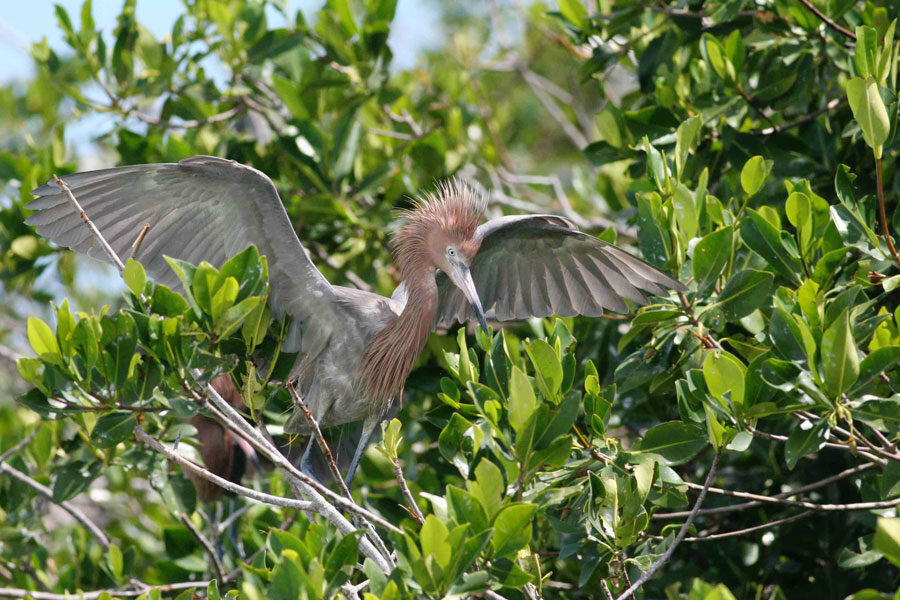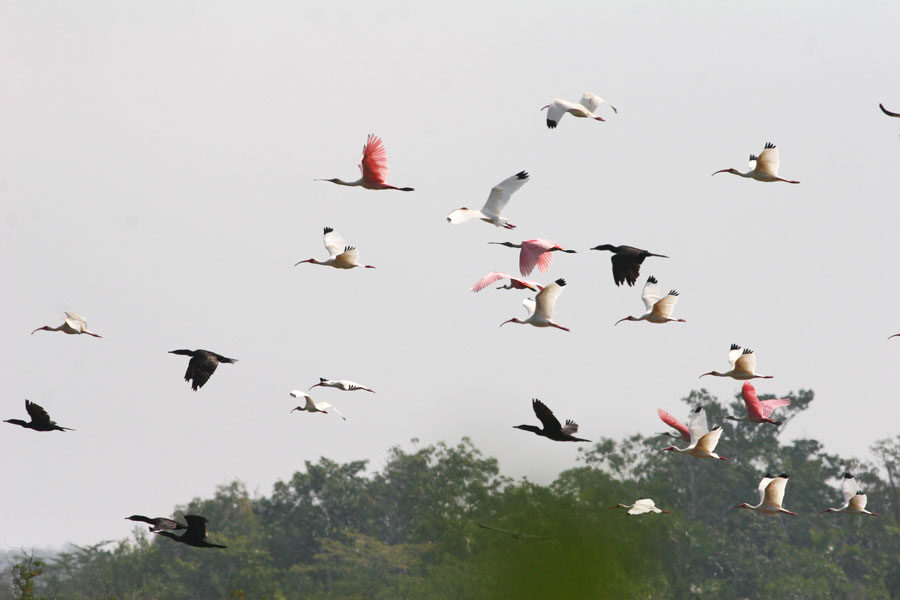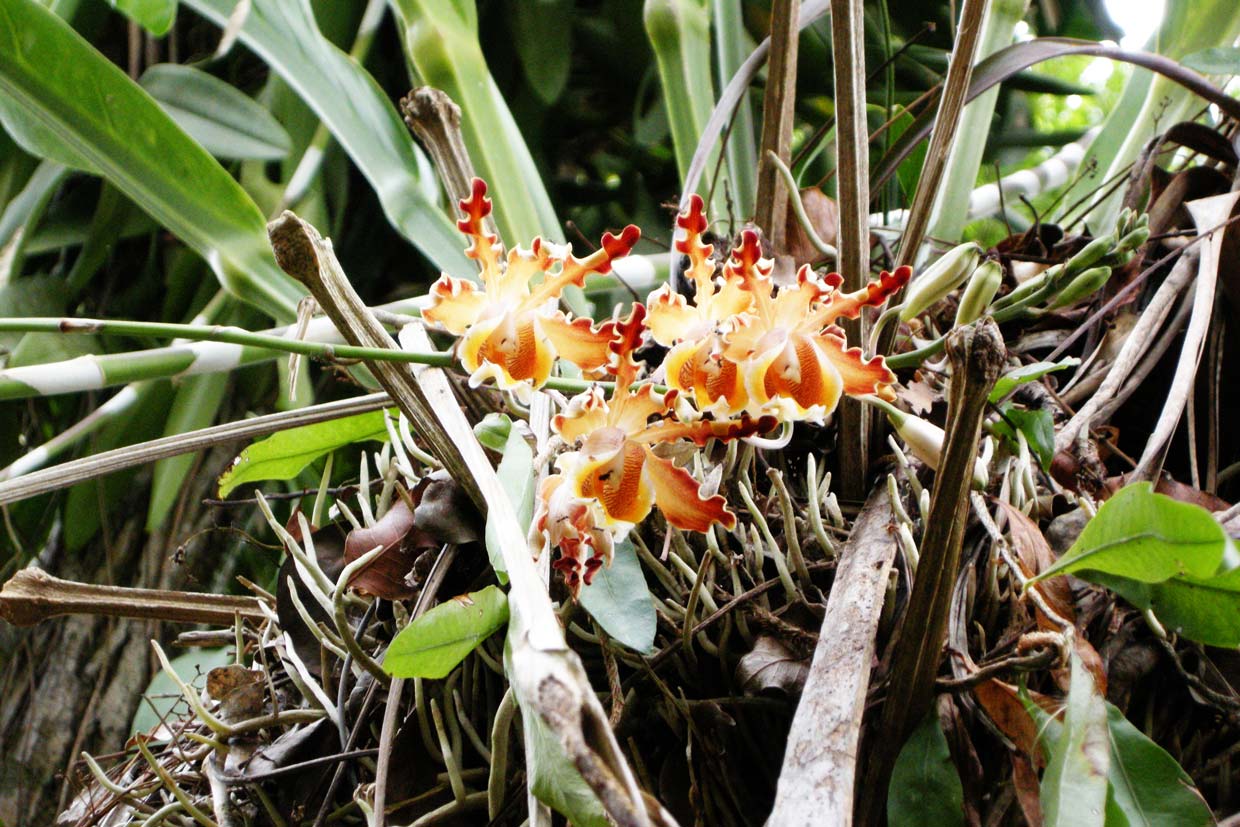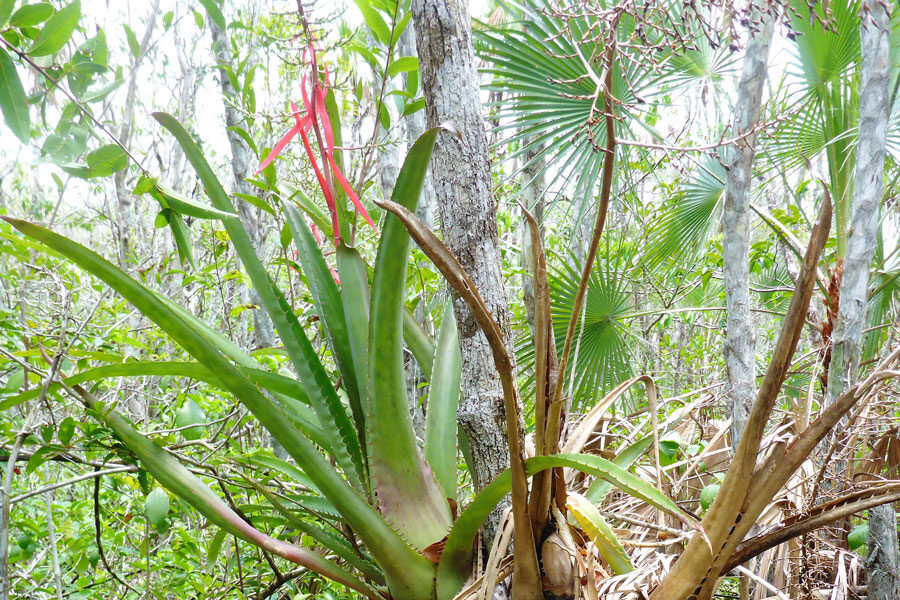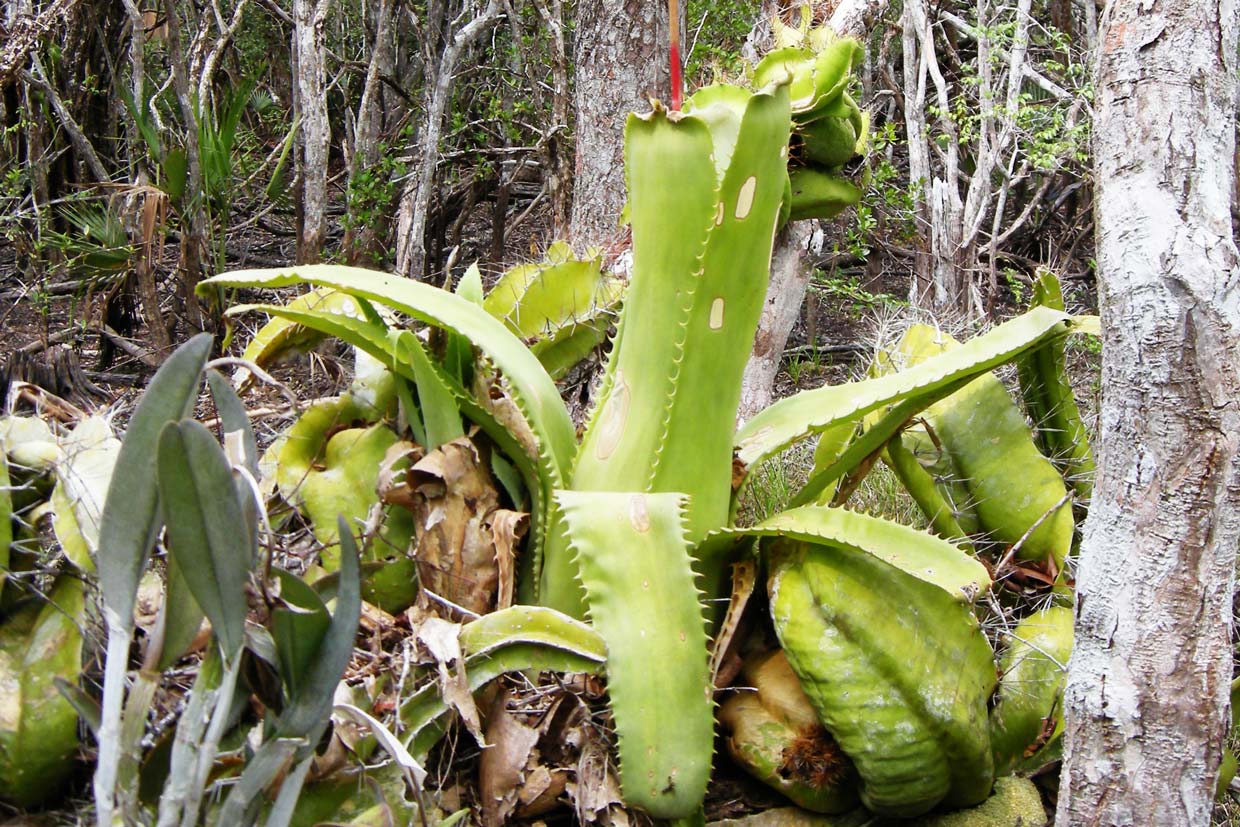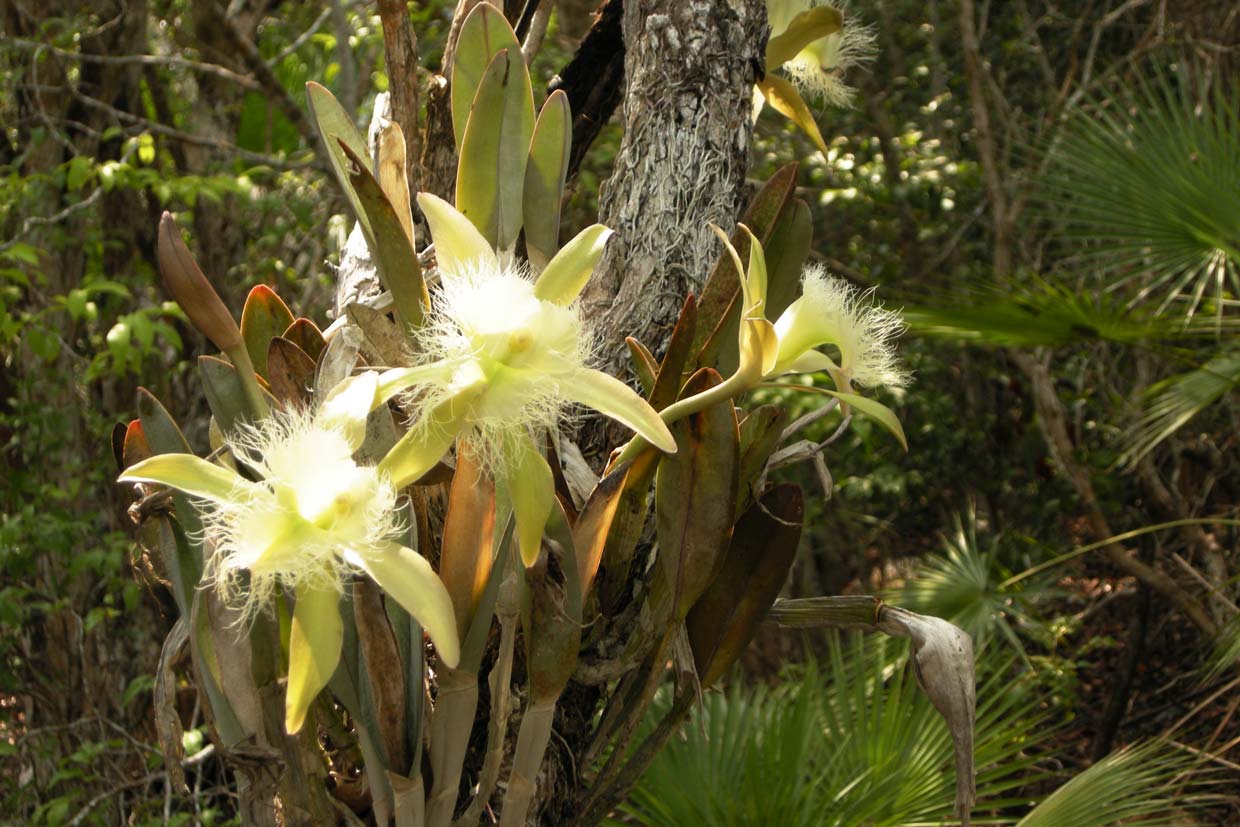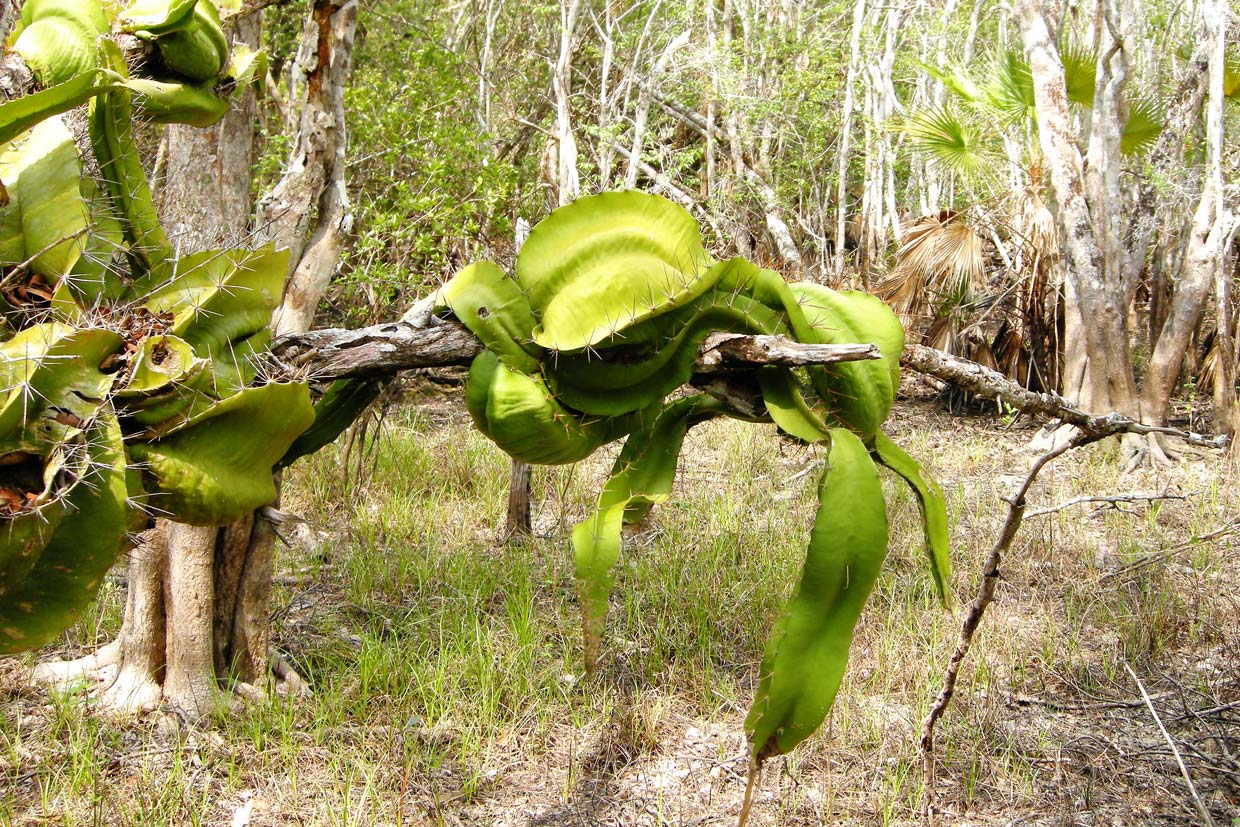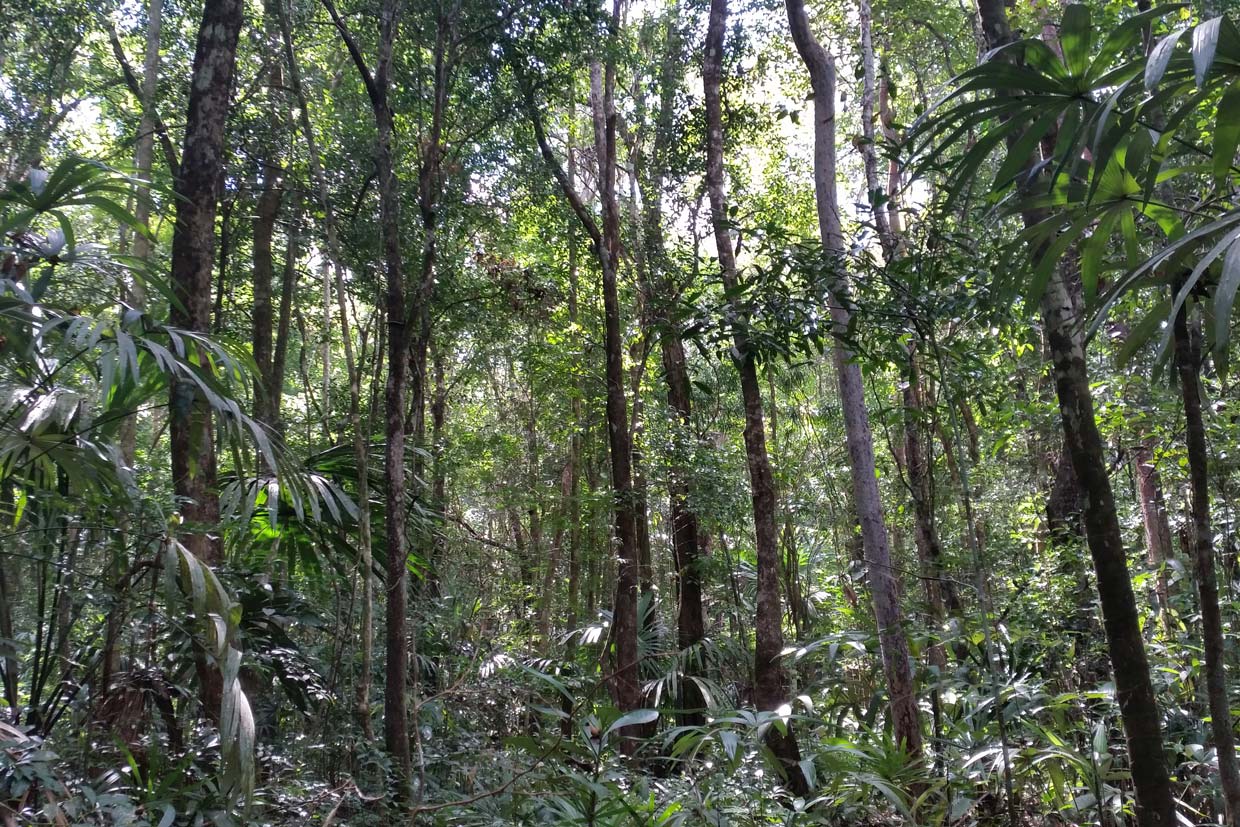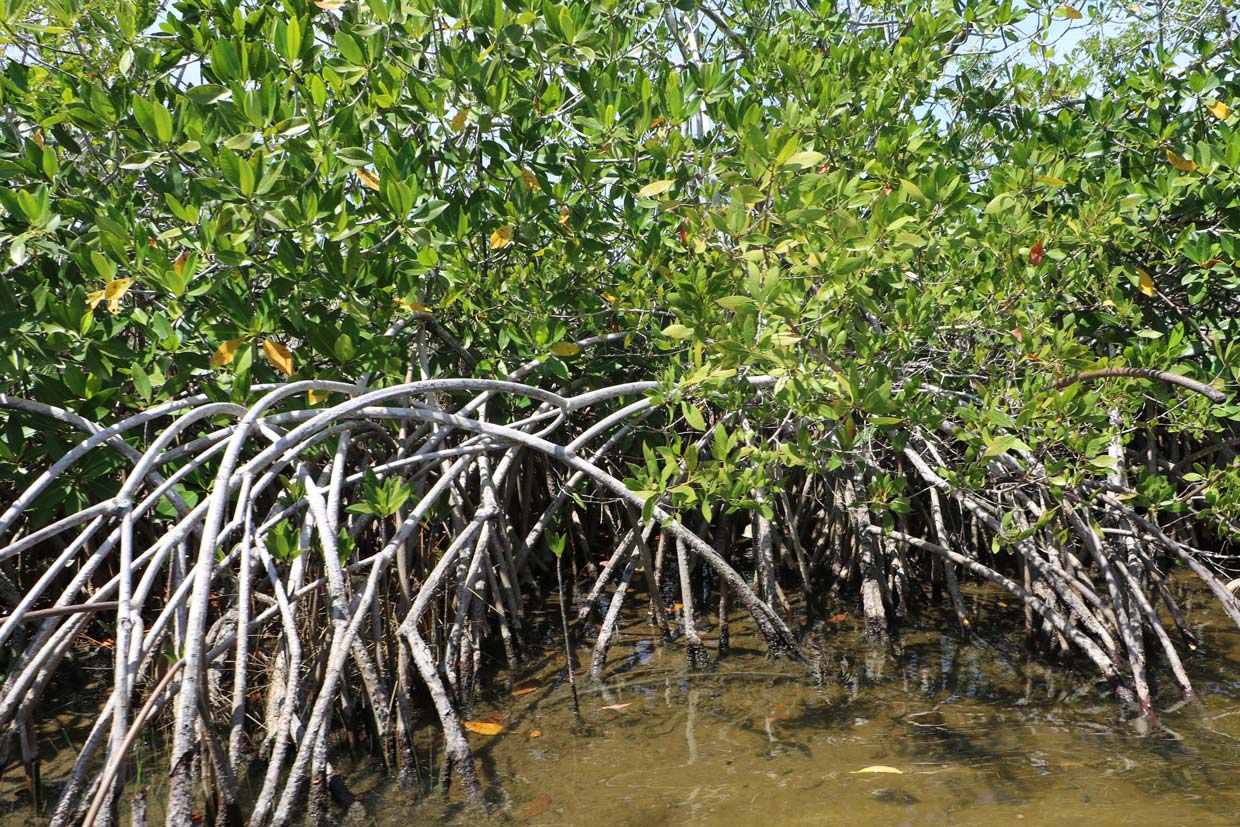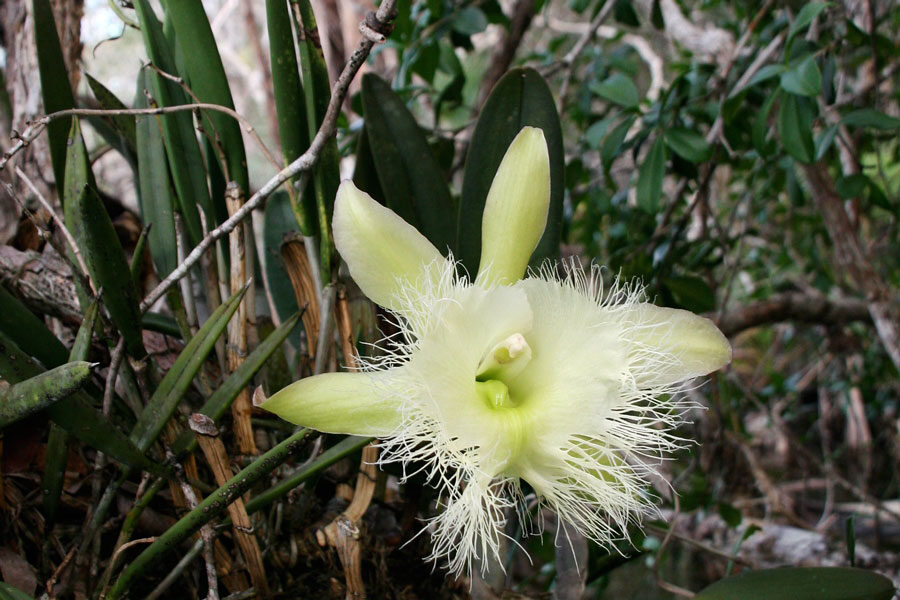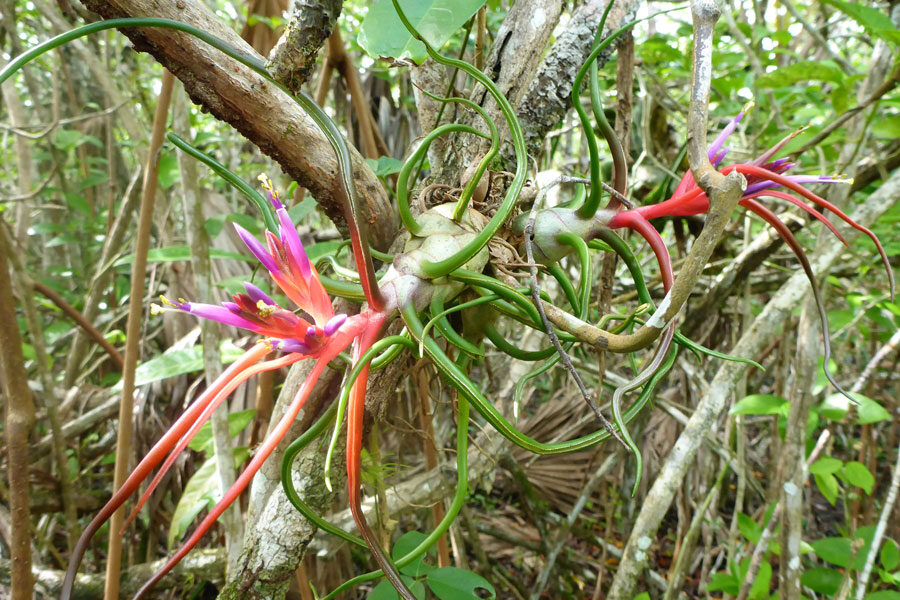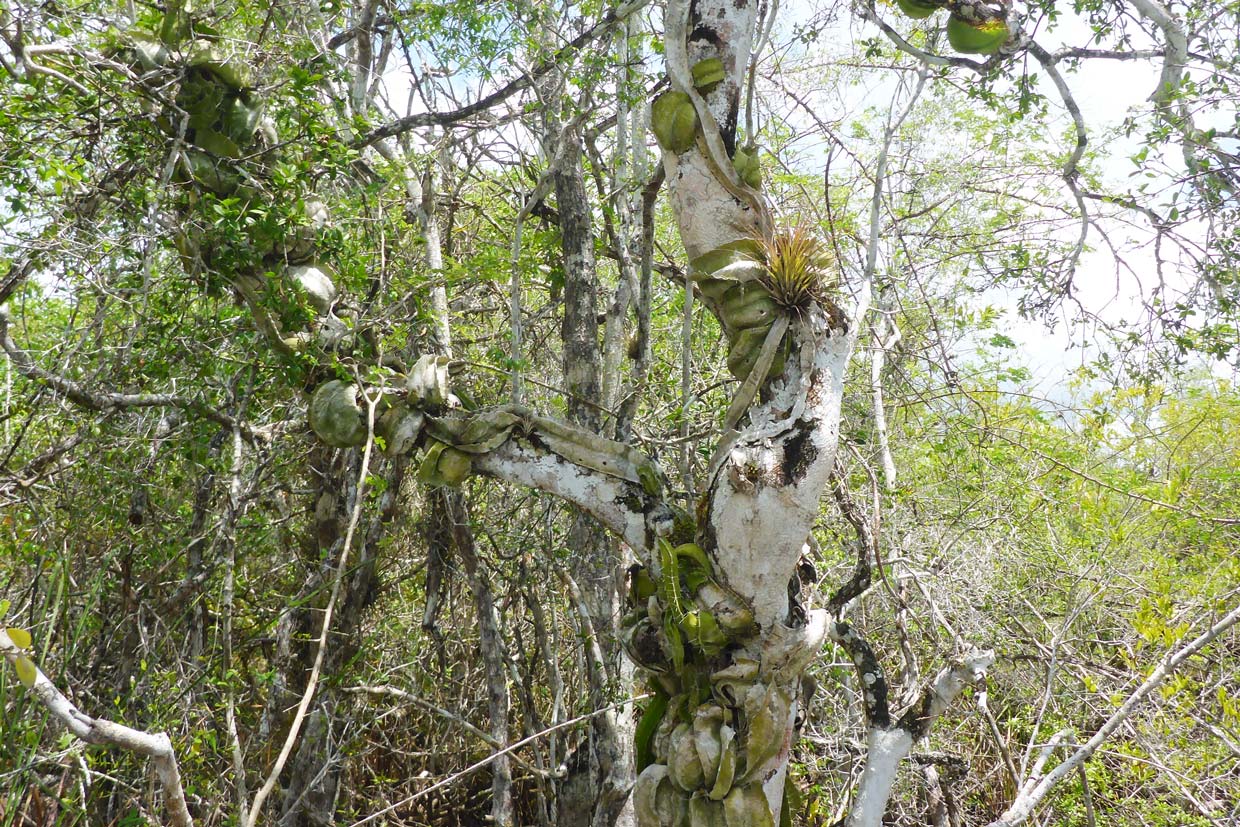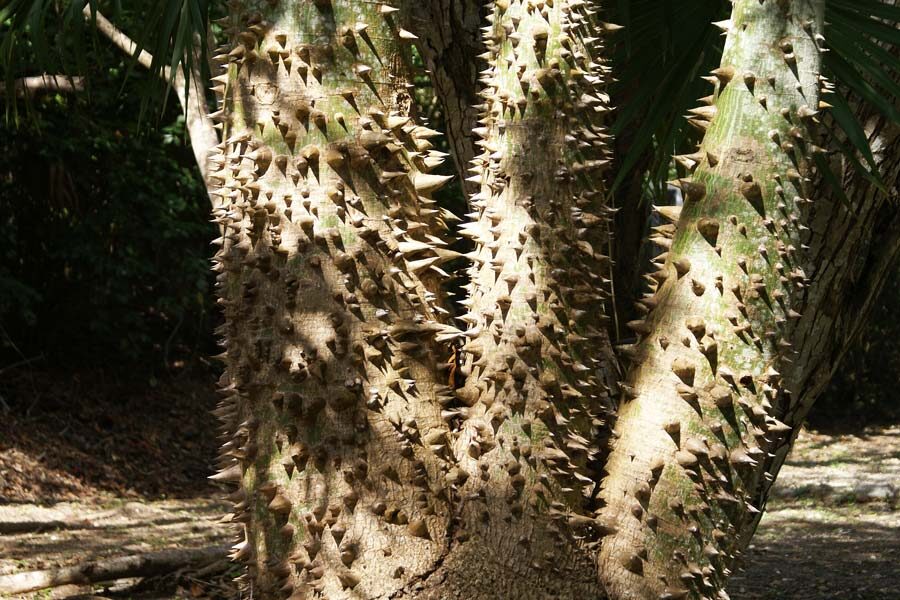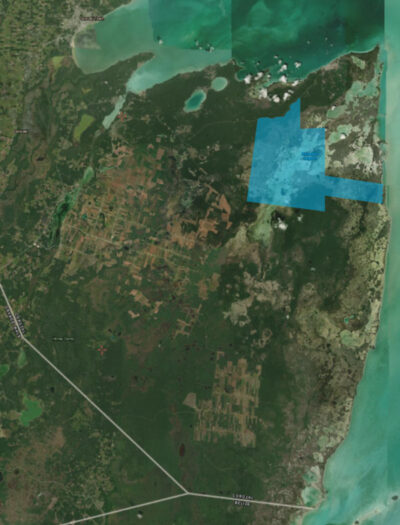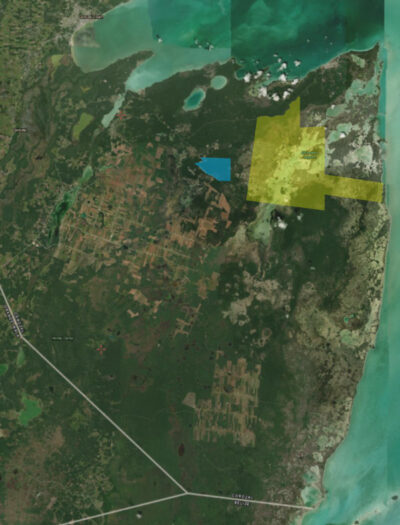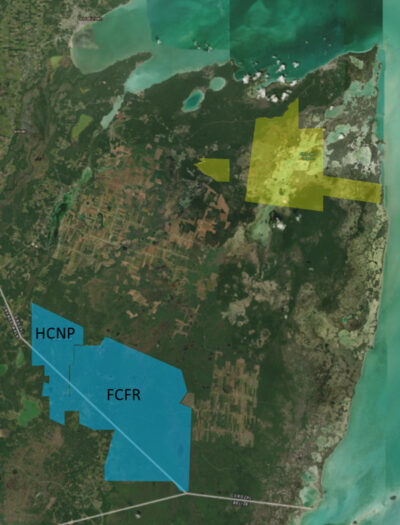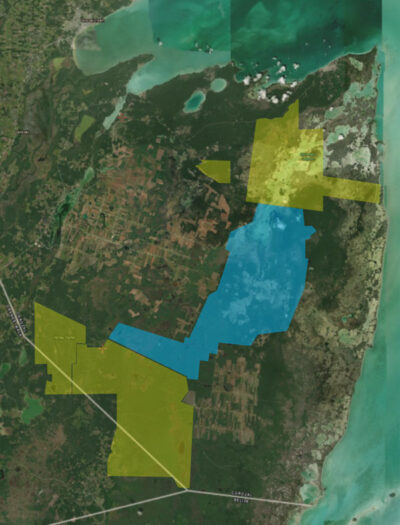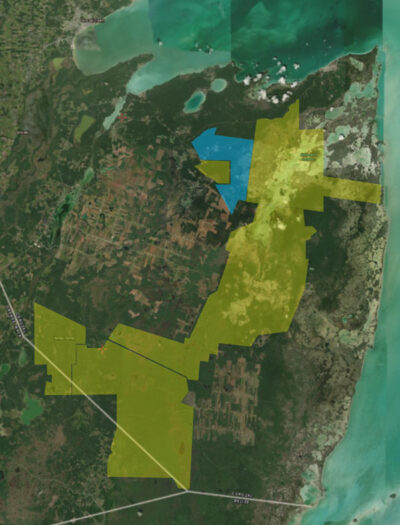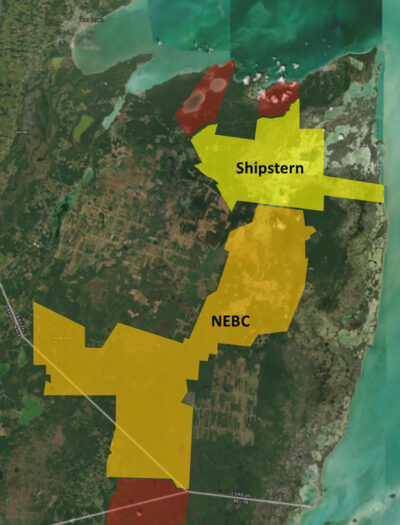Belize Project
Belize Project
Shipstern Nature Reserve was created in 1989 at the initiative of the ITCF Foundation, based at Papiliorama in Switzerland and the Royal Burgers› Zoo in Arnhem in the Netherlands.
In 2012, this protected area was incorporated into a trust in perpetuity for the benefit of the People and Government of Belize, thus becoming an official reserve of Belize.
Known locally as the Shipstern Conservation and Management Area, the reserve is located near the village of Sarteneja in the Corozal District.

The Corozal Sustainable Future Initiative (CSFI) is a non-profit Belizean non-governmental organization that is duly registered and audited, and is neutral and non-political. It was founded in 1990 by Papiliorama and Burgers› Zoo, and its board of directors consists of Belizean and international nationals, who are all environmentalists either by profession or from the heart.
Although CSFI has its legal headquarters in Belize City, it has always been a purely field-based organization, with offices still located in the heart of the Shipstern Reserve.
CSFI bases its mission on three main objectives:
- Conservation
- Education
- Sustainable tourism
Shipstern Conservation & Management Area
The Shipstern Conservation & Management Area is located in the very northeast of Belize in the district of Corozal. It was established in 1989 under the name Shipstern Nature Reserve and inaugurated by the Minister of Natural Resources in September 1990.
The reserve was created through the gradual consolidation of three parcels of land and today covers an area of 27’000 acres (110 km2). In addition to extensive forests, it also protects important aquatic habitats such as Shipstern Lagoon and the Xo-Pol and Xacan Chacmol ponds. On October 31, 2012, Shipstern was transferred into a trust in perpetuity for the benefit of the People and Government of Belize.
Shipstern has long been known as one of the most important protected areas in Belize for its numerous rare habitats, some of which are found only here. The forests in and around Shipstern have been regenerating without any disturbance since Hurricane Janet destroyed the entire area in 1955. Therefore, although still technically considered secondary forests, Shipstern’s forests can be considered pristine.
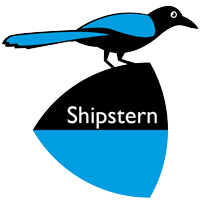
Fauna
Shipstern’s wildlife is still diverse and abundant thanks to more than three decades of conservation efforts. Peccaries, hoccos and deer roam the forests and savannas and are valuable prey for jaguars and pumas. Belize’s three other cat species (ocelot, jaguarundi and margay) are all present as well.
The Baird’s tapir is still present in good numbers. Keel-billed Toucans are common, as are several species of parrots and many species endemic to the Yucatan Peninsula. A rarity is the Black Catbird, which is found on mainland Belize only in Shipstern.
csfi.bzFlora
The flora of Shipstern is equally diverse. It is the only place in Belize where semi-deciduous tropical forests can be found, in close proximity to an even rarer forest, a dry Yucatan coastal forest, home to the rare Pseudophoenix palm.
This type of forest is not only rare in Belize (it only occurs in Shipstern and Bacalar Chico National Park), but is threatened throughout the Yucatan Peninsula, where it only grows in four small areas.
csfi.bzThe Northeast Biological Corridor
On January 22, 2020, the Minister of Agriculture, Fisheries, Forestry, Environment, Sustainable Development and Immigration signed a decree confirming the establishment of the North-eastern Biological Corridor. The objective of the Biological Corridor is to protect important forests in a region where industrial agriculture is expanding rapidly.
The North-eastern Biological Corridor encompasses an area of nearly 28,000 acres of land, including 13,600 acres of private land (most of which is under trust indefinitely), as well as protected areas formerly known as Freshwater Creek Forest Reserve and Honey Camp National Park. It includes lowland evergreen forests, mangroves, coastal forests, freshwater lagoons, and wetlands.
The North-eastern Biological Corridor hosts over 1,000 known plant and animal species, and its importance for vital ecosystem services (such as pollination, water storage and delivery, rainfall generation, and flood protection for sugarcane, bean, and rice crops and for adjacent communities) is recognized by all partners involved. The area’s natural ecosystems provide a future source of income, since it is a refuge and reproduction areas for wildlife, as well as a seed banks for timber species. Last but not least, they provide jobs for local communities through the CSFI.
The completion of the corridor is the result of more than twenty years of tireless effort and dedication by numerous stakeholders. The corridor itself is the result of an intelligent partnership between the Government of Belize, local and international conservation NGOs, surrounding communities, and the private sector. The ITCF and CSFI played a critical role in coordinating the administrative efforts that led to the creation of the corridor, as well as the boundary marking of the new protected areas in the field.
In 2020, CSFI signed a 20-year co-management agreement with the Government of Belize for the entire biological corridor. CSFI now employs over 45 people, all of whom are from local communities, making it one of the largest employers in north-eastern Belize. Its annual budget of US$700,000 is almost entirely invested in and around the protected areas, making CSFI a major economic player in the region.

